Essay Teaser
I’m at work on a longer piece tentatively titled “What Art Should Be Dealing With Right Now.” It is something of a response to L’affaire Kissick, but also to some more recent writing about the state of art criticism. It has become common by now to note that there is plenty of “art writing” out there, but less so criticism, and that the latter requires principles or problems that people agree on with regard to a field of creative work, and lacking those, there’s no real project of critique.
At one pole you have folks like Sean Tatol at Manhattan Art Review, who advocates for a return or reanimation of taste and connoisseurship. At the other pole you have Mi You who advocates for seeing art through the lens of various received ideas from the arena of political philosophy, such as post-neoliberalism, deep pluralism, multipolarity, etc. — all interesting within that arena but too macro to provide any insight into what artists are doing and what art is actually worth attending to and why. To put it in crude terms, You’s framework is overly prescriptive (even overdetermined) and abstract, while Tatol’s, to my mind, isn’t prescriptive or objective enough. Or put differently, for You, art is just one signature by which to trace the inhuman movements of social forms; for Tatol, art is means to establish the signature of his own subjectivity.
I think there is some other way to think about art, a “third way” I guess (as much as this nomenclature makes me cringe). Part of how I think about that third way is here:
I am committed to an idea that art does progress or advance, that it can evolve fundamental changes in perception or thought or knowledge and need not merely serve some other set of imperatives, such as pleasure, status, belief, self-actualization, therapy, and so forth. I take it for granted here that there is this thing we call “art,” and it is more or less understood by people who think of themselves as involved in its project, self-consciously as it were, and that questions of “what is art?” or “is it art?” are in general uninteresting or unilluminating at this point. Around the globe there are people who are involved in a project that we can identify as “making art” and that part of that project entails or is defined by thinking about what art is and can be, as much as it is defined by whatever particular kind of “making” it is. So, in my thinking, there are four things that art-worth-the-name needs to be dealing with, four “problems”: decoration, history, image and intention…
One of the reasons art criticism could be said to be in a sorry state today is that it is doesn’t want to have or commit to criteria of evaluation in the open. It’s fine to harbor them secretively. Many artists and critics do; this is what makes studio visits and drinks with artists and critics entertaining. It seems, though, that art criticism has been afraid to be prescriptive, to state what it believes art should be dealing with, because it would amount to the creation and the taking of sides. This is why Dean Kissick’s article touched such a nerve: it was an open testament to side-taking. As I said in my response, Dean is a good critic. I just disagree that the lines that he has drawn are the ones that should demarcate what we regard as advanced art (or the advance of art). Decoration, history, the image, and intention: these are the things that contemporary art should be dealing with, will be dealing with, if it is worth the name and is equal to the task.
Of course, what I mean by “decoration, history, the image, and intention” I spell out in greater depth in the essay, and with reference to some of the books mentioned below. I’ll be looking to post that piece soon.
Books of 2024
Think of these as mini book reviews of the main titles that I completed or began in 2024. Part of this is an exercise to commit some of these books and their ideas to memory in a more abiding way. Part of it is also just an exercise in writing:
Art Books
Jonathan Crary, Tricks of the Light (Zone)
David Joselit, Art’s Properties (Princeton)
TJ Clark, If These Apples Should Fall: Cezanne and The Present (Thames & Hudson)
Claire Bishop, Disordered Attention: How We Look at Art and Performance Today (Verso)
Theory, Philosophy, History
John Gray, The New Leviathans (FSG)
Mark McGurl, The Novel Art: Elevations of American Fiction After Henry James (Princeton)
Frederic Jameson, The Years of Theory (Verso)
Alexandre Kojève, Introduction to the Reading of Hegel: Lectures on the Phenomenology of Spirit (Cornell)
Alain Badiou, The Immanence of Truths: Being and Event III (Bloomsbury)
Pekka Hämäläinen, Comanche Empire (Yale)
Novels
Yevgeny Zamyatin, We (Vintage)
John Dos Passos, The 42nd Parallel (Mariner)
Jonathan Littell, The Kindly Ones (Harper)
Octavia Butler, Parable of the Sower (Seven Stories)
Michel Houellebecq, Annihilation (FSG)
Joe Abercrombie, The Blade Itself (The First Law Trilogy) (Orbit)
Joe Abercrombie, Before they are Hanged (The First Law Trilogy) (Orbit)
Joe Abercrombie, Last Argument of Kings (The First Law Trilogy) (Orbit)
Jonathan Crary, Tricks of the Light (Zone)
I attended the lecture at SVA years ago where Jonathan Crary delivered the core argument for what would become his short polemic 24/7: Late Capitalism and the End of Sleep. Crary is our foremost critic of the “spectacle.” This was even borne out by his refusal to use any screened presentation to accompany his talk — rare for an art historian. To his credit, he had the audience’s full attention when revealing to us how the military had been studying the sleep mechanisms of migrating birds so as to unlock the potentials for a more alert and productive and lethal fighting force — and what begins in the military ends in the populace.
Today, with warfare promising to redefine our ideas of “autonomy,” 24/7 reads more like an object lesson in Crary’s unique capacity to see the connections between disparate areas of social, psychological, and scientific research, and to bring it all home as culture critique for the Verso-books crowd. Unlike 24/7, though, his next book, Scorched Earth, was more like an object lesson in audience capture. As a high-pitched screed against the evils of social media and platform capitalism, I really began to wonder if it wasn’t simply a reaction to his children’s addiction to their iPhones.
Thankfully there is Tricks of the Light, a collection of Crary’s essays originally published in magazines and catalogues and other edited collections. It begins with an early piece on the artist Allan Kaprow published in Arts Magazine from 1976 and ends with a 2019 piece called “Terminal Radiance” about the “catastrophic light” of nuclear weapons and their origins in the scientific discoveries of 1886-1914. Would that Scorched Earth had been more like this. Tricks of the Light is a reminder of the unique scholar that Crary is, and I hope that there is more to come from him on the order of what is gathered in Tricks. If it’s scorched earth from here on out, that would be a shame.
David Joselit, Art’s Properties (Princeton)
Twice I have begun a review of this book and twice stalled out. It’s both compelling and maddening. The short story is: Joselit is an excellent academic theorist, probably the best going today. What he offers in Art’s Properties is a story about art’s “alterity,” which is his ontology of art, what makes art what it is. Without going too deeply into it, there is a bit of Alain Badiou’s philosophy of infinity in here, which I think is right (the Badiou, not the Joselit). Joselit’s theory of art is grounded in an idea of its “infinite duration,” that it is radically open ended and resists its own “alienation,” which is what markets and museums in the end want to do to it, to “represent” it for purposes or meanings that are not its own. Fine.
Joselit, because he’s good at this, couches his theories in a history that goes right back to art’s modern founding in the Louvre and Napoleon’s “colonization” of Europe. He offers a critique of the Dana Schutz Affair from the 2017 Whitney Biennial, which satisfyingly sticks it to both sides of that identity politics debate. But he draws his own scolding line as to what a “responsible” history of art should be, and ends with an account of how the only responsible way of engaging with art, the only thing that is equal to its “alterity,” is witnessing. Not looking or observing or watching or what have you — witnessing.
Allow me to lean a little on my now twice-stalled review of Art’s Properties. As Joselit argues,
Because witnesses cannot claim and do not have any “exclusive rights” to a work of art, they can only offer to others their “narratives” of it, which are “multiple” and, importantly, are “always subject to a political process of evaluation and verification.” What is this process? Joselit never says. But one can presume that if you want to be a “responsible” witness – “responsible” is one of Joselit’s favored terms – then you would probably do well to heed the narratives of someone like Joselit himself – that is, someone like the art historians or curators who, like the works they valorize via their witnessing, have undergone a process of “evaluation and verification,” tenure, say, or being employed by a museum.
There is an adage that goes something like every philosopher’s work is just biography at the highest level of abstraction. Biography might be one thing, but self-serving is something else. To pen an essay that sets up one’s own subject position with respect to the art world as the only “responsible” one is to have lost the plot.
More seriously though, sprinkled throughout Art’s Properties, but not present in any of Joselit’s other books, is the language — condemnatory of course — of “white supremacy” and “whiteness.” Following in certain Afropessimist footsteps (easier to follow after the summer of 2020), Joselit claims white supremacy stands at the root of the “possessive individualism” that has underwritten the entirety of art’s modern history, its “property regime,” not to mention the idea of liberalism itself.
There’s a deeper critique to be made here, but on the surface, I have yet to understand how anyone fully invested in the symbolic capital of academia, in which authorship, credit, and reputation are the coin of the realm, can make an honest case for arranging our social and political world in such as way that people’s thoughts, ideas, and actions are not understood as their own, as belonging to them in some significant sense as individuals (different and apart from other people, other minds), and still claim to believe in, or take seriously, an idea like liberty, let alone justice.
TJ Clark, If These Apples Should Fall: Cézanne and The Present (Thames & Hudson)
Clark is a stylist without equal among art historians working today. And this entire book was a joy to read, even if it feels dated. That “datedness” is exactly what Clark is after, in a way. He quotes Cézanne’s comment about his friend Camille Pizzarro, that he was “humble and colossal,” as an apt description of Cezanne himself. I would say that it’s an apt description of Clark too. It has taken me a while to come around to Clark’s “late style,” which began after he published The Sight of Death: An Experiment in Art Writing. There, Clark personalized the process of his looking and writing for the reader. At first I was put off — not analytical enough; too personal; self-indulgent I thought — but in later works, such as this book on Cézanne and in Picasso and Truth, I began to see how it could work.
The question at the center of the book is this one: “What would it be like not to have a view of Cezanne? Not to have a sense of his meaning for us, in other words, his lesson, his largeness — not to have his art ‘fit’ anywhere, least of all in a history of modern art?” (One always gets the sense from Clark that he has been out of joint with the late-modern world from the get go, that the 19th Century (and France) is his home and his vocation, and for some unknown reason he was cast forward into the latter half of the 20th Century (and the U.S.), and has been dealing with the loss.) One can be sure that Cézanne’s work doesn’t hold the import — for a public at least, let alone for art historians — that it once did. There are all sorts of reasons for this, some better and some worse. But there is value in bracketing the more pressing problems of the contemporary for a moment and taking the time to look again at work — like Cézanne’s — that has run out of time in some sense.
Claire Bishop, Disordered Attention: How We Look at Art and Performance Today (Verso)
There are few better writers capable of synthesizing seemingly disparate activities and phenomena in the contemporary art world, and for taking what everyone is thinking and giving it a shape and a structure and place in print. The best argument that Bishop makes here is to show how research-based art, a “genre” that has gained traction since the 1990s via the growth of the biennial platform, has been underwritten, both as a practice and as an aesthetic form, by the internet: this work is made possible by the artist’s easy access to vast amounts of information and data; the way that the artist presents this work to a public demands the same type of strategies that this information uptake entails: surfing, browsing, selecting, parsing, etc.
Also good, but less compelling overall, is Bishop’s description of how we are all engaged in a kind of “hybrid-spectatorship” in the age of the iPhone. That the way performance works (and even non-performative works) are consumed today is via a mix of live presence and technical mediation is not so illuminating, and what she calls the “gray-zone” of spectatorship, something between the black box of theater and the white cube of the gallery, with their own dimensions and prescriptions for attentive behavior, while relevant, doesn’t hold the explanatory power of her assessment of research-based art. The same could be said for her chapters on artists’ political “interventions” and the tendency that Bishop detects of artists to quote, reference and invoke modernist architecture in their work. If the “how” in these cases is always digital media and smart phones, the “why” is never fully fleshed out.
Be that as it may, it’s still probably the best book on coming to terms with advanced artistic practices of the past 25 years.
John Gray, The New Leviathans (FSG)
Gray had largely slipped my attention. I figured anyone that could be that into cats wasn’t going to appeal to me. But I heard Gray on a podcast, and I’d been reading with interest the various post-mortems for liberalism, so I thought it would be worth it. It wasn’t.
Not that The New Livathans is bad. It just gives too much credence to the specters of authoritarianism. Russia and China are both facing massive structural challenges, and it hardly seems possible that once Putin and Xi are gone that either regime will sustain its current form. The pearl-clutching about Trump has grown tiresome. And any thought that hews to the left/right dichotomy is obsolete before it gets onto the page. These are the “leviathans” of Gray’s title — the rise of the new authoritarianism.
Francis Fukuyama’s Liberalism and its Discontents is a better diagnosis of the challenges. And Sam Moyn’s Liberalism Against Itself offers a better argument for how the intellectual legacies of the cold war got us to where we are — in general intellectual histories are more engaging, because without them, most of the social and political analysis remains wrapped up in a kind of threadbare vulgar Marxism (base/superstructure, with the base now identified with information or surveillance capital).
Gray is also an inveterate pessimist. There is no “progress” in politics. Every arrangement we witness around the globe today is some repetition or echo of the ancient world (Greece mostly; but let’s say the Eastern Mediterranean). This is another way of saying that something like human nature is unchanging. Such may be the case. But the idea of freedom that underlies the legacy of liberalism is something new and different in kind from Epictetus’s thoughts on the matter; the collective nature of it, from the 18th Century forward, must surely be considered a kind of progress. And the expanding horizon of “rights,” which is beginning to include non-human animals and our habitus more generally, must also count as an advance.
More liberty is different, I’m tempted to say. Gray of course would disagree.
Mark McGurl, The Novel Art: Elevations of American Fiction After Henry James (Princeton)
I don’t know why McGurl doesn’t have more of a profile in the general interest art world. Part of the reason is that he doesn’t write about visual art specifically, but I’ve now read his major books (there are three) and I think he’s probably the best thinker/critic about “Art” in the general sense today.
The book that brought me to McGurl was his most recent Everything and Less: The Novel in the Age of Amazon (Verso, 2021). If you haven’t read this book, stop what you’re doing and go read it: it’s the best account of how digital distribution has affected, and is affecting, art making today. It’s object is the novel, but it’s lessons go beyond the fate of literature. McGurl makes the case for seeing value and interest in what were once believed to be marginal forms of writing, forms which are blooming on this platform and others. But it’s a lesson in how systems of distribution and “habits” of reading make their way into the works themselves, and how the attentive critic can surface these alignments, to great effect.
The Novel Art was McGurl’s first major analytical work of literary criticism and precedes The Program Era, his mega-study of how MFA programs changed the nature of literature, both in form and content, in latter-half of the 20th Century. As with all of McGurl’s work, it’s a good read; he’s a stylist (like his mentor, Walter Benn Michaels), but it’s dense, and one needs more than a passing familiarity with both the canonical and less-than-canonical texts of the modernist moment to see where McGurl is going. As with his other books, he conducts a compelling “materialist” analysis of how the novel form became something distinct in its attempt to elevate itself above mere storytelling entertainments, and in this it remains useful resource for thinking through how art making today deals with this history.
Frederic Jameson, The Years of Theory (Verso)
Jameson passed away this year, just as this book was published (alongside another collection of his essays on the novel). Perhaps its fitting then that The Years of Theory is unique in Jameson’s corpus; it’s a transcript of a seminar on French post-WWII philosophy that he gave during covid. Reading Jameson’s speaking is vastly different than reading Jameson’s writing, which is notoriously difficult. The lectures, as one might expect, are significantly breezier, and, if you’re something of a recovering humanities academic, like a trip down memory lane, melancholy though it may be now that the author is gone.
As Jameson notes in the book on a few occasions, when he can’t go into depth on some concept or topic, his job in these lectures is to show his students the main pathways and roadsigns from which they can navigate this robust literature themselves. What he does here that he doesn’t do in many of his other academic books of theory and criticism is provide a look at the social networks that informed so much of what these writers were doing — who they were squabbling with, who they were writing for, or against, or with. For those unfamiliar with them, this is what makes for the best kinds of graduate seminars: having the faculty glue together a series of canonical texts with the gossip of their genesis and reception.
Jameson performs here a kind of surface reading, which is refreshing for a critic so invested in the multi-layered dynamics of allegory at work in texts of every kind. Derrida is not a “theorist” but rather the practitioner of a kind of “cognitive performance.” Foucault was interested in power, yes, but at bottom he was an intellectual historian with a penchant to fabricate his sources. Deleuze is a philosopher of the “problem,” of the invention of new problems for philosophy, hence his habit of inventing new concepts for philosophy to tarry with.
The seminar also serves as a reminder that even though these thinkers may increasingly seem to be both past and passé, they will always be new to a new generation of the curious. I can’t recommend it enough, not as a means to resuscitate something like “French Theory” but to remind us that these thinkers continue to have important contributions to make to contemporary discourse, and that to dismiss them as “out of fashion” is to risk losing an essential history of ideas and insights that remain essential to our time.
Alexandre Kojève, Introduction to the Reading of Hegel: Lectures on the Phenomenology of Spirit (Cornell)
One of the most important but little explored ideas in the discourse on contemporary art is recognition. Superficially, it’s understood by most folks working in the arts as the thing they are after (more so than money); it’s why there is a substantial PR apparatus and anyone who has ever had a byline in any kind of outlet is bombarded by pitches and press releases. But recognition is a more fundamental concept. It goes to the heart of our modern idea of the free and self-determining individual (the one that Joselit’s type of critic so easily dismisses) — i.e. it’s the thing underwrites our contemporary idea of the artist. And of course Hegel is the philosopher of recognition.
There are more contemporary commentators on Hegel and and recognition. Two of the most important are probably Axel Honneth and Robert Pippin. But Kojève’s lectures on Hegel are canonical — they are not about recognition alone, but about Hegel and his philosophy as a whole — and I had never read them. So this was something like homework, a submission to that inner voice telling me to “just do the reading.” I was surprised at how enjoyable it was.
The first few chapters on the subject’s coming to self-consciousness through the struggle for recognition from the “other” really are a tour de force or explication. That Kojève stays very close to Hegel’s original text, meshing his own words with Hegel’s in this exegetical weave, and remains highly readable and clear — not easy with Hegel! — makes the experience somewhat revelatory. One also feels the actual movement of the dialectic, that sense of reading some statement and thinking “Whoa buddy, that’s taking the whole ‘slave’ thing a bit too literally” only to find within a few sentences the power dynamics wholly reversed, and then reversed again — or sublimated, as the orthodoxy would have it.
The text was edited by Allan Bloom, him of The Closing of the American Mind and the inspiration for Saul Bellow’s Ravelstein, so there’s also this interesting intellectual history of Hegel’s thought making its way to English-language readers in the 1970s (the text was published in 1969). At any rate, if you’re a budding Hegel-stan and haven’t done the duty of reading Kojève, don’t wait to do it.
Alain Badiou, The Immanence of Truths: Being and Event III (Bloomsbury)
Full disclosure, this is an unfinished reading project, but already, roughly half way through (and according to Badiou’s own reading instructions, which allows for a non-linear sequence), it’s something of an event (for me), and an important corrective for our supposedly “post-truth” age. As others have noted, Badiou is probably the most interesting and essential living philosopher, one who breaks with the Analytic/Continental divide (as Deleuze tried to do), and has been engaged in a big, systems-building project, on the order of Kant, at a time when to do so was viewed as tilting at windmills.
The Immanence of Truths is Badiou’s final entry in the Being and Event trilogy (his 3rd critique, so to speak). It makes the case for the objective reality of truth via set theory — the language of being — but illustrated by episodes from politics, art, and science. In the first volume of the trilogy, Badiou laid out what he called the “truth procedures” of his philosophy: art, science, politics, and love. Each domain is where one can witness the emergence of a “true” event, a transformation or change that reshapes our knowledge and understanding of the world and ourselves; in fact, it creates new worlds altogether.
Thomas Kuhn described something of this process in his The Structure of Scientific Revolutions. Badiou’s event is not exactly an expansion of Kuhn’s theory, but the latter is useful as an illustration for the broader structure of the idea of the event that Badiou is after. What makes the event true, and what truth is, is what Badiou’s third book is about. The second book of the series, Logic of Worlds, was largely about what constitutes the worlds that events or truths create.
“Truth” here is not consensus, i.e. that everyone simply believes it, but absolute truth, even if it is truth that is created or discovered in time and by people. Here is Badiou’s own way of putting it: “I still needed to understand how it can be maintained that truths are absolute, that is, not just opposed to any empiricist interpretation but even safeguarded against any transcendental interpretation, meaning that they have a being independent of the subject or subjects that were nevertheless the, as it were, historical participants in them in particular worlds.” It’s the absolute vs. relativism and idealism; and the infinite vs. the eternal.
I’m here for it.
Pekka Hämäläinen, Comanche Empire (Yale)
Anyone in the art and culture industry that uses the term “indigenous” to signal their virtues or their politics should be sent to a desert island with only this book. It’s a wonder that it was written in 2009 and yet the progressive understanding of native North Americans is stuck on some record-scratch of fetishistic stereotypes of utopian “other ways of knowing” and being.
Hamalainen lays out the epic sweep of the Comanche’s domination for more than a century of pretty much the entire middle of North America, stretching across what is now northern Mexico and the southwest and the great plains of the U.S. The extraordinary part of the story is that at the beginning, in the 18th Century, the Comanche were close to being wiped out by their neighboring tribes. But by becoming the continent’s major players in horse breeding, riding, raiding and trading — horse that were originally acquired from the Spanish! — they were able to flourish, capture and hold territory, exact tribute, control trade networks in horses, agriculture and slaves (yes, slaves), and forcefully oppose the expansion of the Spanish and American “empires” as a geopolitical equal.
The book is work. Just getting one’s head around the geographical markers will take some time for most of us who only see North America in terms of the U.S. boundaries and states. In greater Comancheria, obviously the plains, rivers, mountain ranges and other natural features of the landscape were primary. Learning this geography and its role in the Comanche Empire is itself a great lesson to learn, but there’s an extraordinary amount of detail about native culture, economics, and politics in this book, all of it illuminating.
Yevgeny Zamyatin, We (Vintage)
This is the ur-text of social dystopian science fiction. Written in 1923, it precedes Huxley’s Brave New World and was likely the main source for it. Orwell reviewed it in 1946 and it obviously became a model for 1984 which was published three years later. In his review, Orwell writes that the book “has a rather weak and episodic plot which is too complex to summarize,” and one would have to agree.
It’s an amazing piece of literary experimentation and political critique, but one that doesn’t hold together as a narrative as much as 1984. Still, one has to give credit to the extremity of its vision. Characters don’t have names, only numbers; all life is severely regimented; mathematics is given total primacy (paging Monsieur Badiou!); and yet there appears an underground, complete with vices (smoking, drinking, sex), and its members are dutifully betrayed once the powers-that-be in Zamyatin’s world figure out how to surgically extinguish their subjects’ “imagination.”
We is worth reading more as a cultural artifact than as a great work of fiction. Zamyatin obviously understood the logic of the communist revolution, where it might lead (to the show trials, to the purges), but also the deeper more pernicious assault it could mount on one’s humanity (call it human nature, or the soul). Individualism might not be an ideology worth defending, but the idea of the individual always will be.
John Dos Passos, The 42nd Parallel (Mariner)
2024 was the first year I began to reread in earnest. Partly this was logistics. There was a big move, and a commitment afterwards to bring fewer books into the house (I quickly gave up on this commitment). Partly it was personal, a desire to revisit some of the things on my shelf after recommending them to others.
The 42nd Parallel fit this bill. I read it for the first time maybe in 1998 or ‘99. It’s the first book of Dos Passos’s U.S.A. Trilogy. Call it another entry in the cultural artifact column, but in this case the characters and the narratives are still worth following. Sartre lauded Dos Passos’s textual experimentation, pulling directly from headlines and newspaper articles and stream-of-consciousness attempts at capturing what Dos Passos called the “Camera Eye.”
Published in 1930, it’s interesting to compare it to We. Dos Passos’s politics began distinctly Left (but became Goldwater Right). The desire for revolution is everywhere. Yet he does justice to the American sense of striving for something better than what one was born into. The narrative is driven by individual characters, and though Dos Passos plays with certain formal effects (which Sartre liked), the thing that most comes across is his use of dialect and speech to register the mix of race, class, and ethnicity in the early-20th-century U.S.
Already by 2013 some critics viewed this as reason to dismiss the books (too contrary to progressive pieties), but one imagines in 1930 this really demanded that an author get out, look, and listen to people, which, it seems obvious to state, wasn’t as easy as flipping open a laptop. What gets dismissed as stereotype in 2013 (or 2025) wasn’t yet even a type, and the narrative structure of The 42nd Parallel is just that, parallels, narratives that link up but don’t connect.
The real problem with Dos Passos’s attempt at the “Great American Novel” is that its stories are otherwise forgettable: it’s highly readable when you’re in it; it’s compelling as a series of stories and characters and as a picture of an age. But once the book was back on the shelf, even after a month, I couldn’t honestly recount what those stories were and who was in them — and I know my memory is better than this. So perhaps that’s an achievement itself: a form experiment that induces the amnesiac experience of mass media, which that experiment tries to model. Not what Dos Passos was after, but there you have it.
Jonathan Littell, The Kindly Ones (Harper)
As above, a reread, and it was even better the second time. I can’t recommend The Kindly Ones enough: an astounding book about World War II, the holocaust, its psychological derangements, the Battle of Stalingrad, its psychological derangements, and a character portrait that makes a Francis Bacon look like a kindergarten scribble. The scale of Littell’s intellect and artistry and ambition is really second to none, and it’s a reminder of what a novel could be before the derailment of autofiction and its solipsisms.
It must be said that there are people who do not like this book, who are repulsed by it and its depictions of the inner workings, the administrative banalities and evils, of the German Einsatzgruppen, and by the specific perversions of its narrator Maximilien Aue. There are some august names in these ranks. Read the book, and then go in search of these names, and you will know to whom you need not pay mind any longer.
Octavia Butler, Parable of the Sower (Seven Stories)
I wrote about this one here. It’s probably now even more relevant after the Palisades and Eaton Fires in Los Angeles that began on January 6. As I write in that linked piece, it is a mistake to view Butler’s work only through the lens of race and gender, or even primarily with that valence. She’s a better storyteller than most of what the past decade has offered by way of “relevant” literature.
Michel Houellebecq, Annihilation (FSG)
I will be writing a longer piece about Houellebecq’s most recent novel, at the heart of which is the issue of how we treat the end of ours and others lives, and how we expect those ends to go. Those that know me well know that this is an immensely personal issue. I learned after reading the book that Houellebecq is adamantly opposed to physician-assisted suicide — really what he appears to dislike is the role of the State in these affairs, and the possibility that doctors could, based on a patient’s advanced healthcare directive, or at the request of a family member with power of attorney, end someone’s life. For other scenarios, he comes across as ambivalent. Even when he invokes the language of the Hippocratic Oath — “neither will I administer a poison to anybody when asked to do so, nor will I suggest such a course. Similarly I will not give to a woman a pessary to cause abortion” — he notes that he supports the right to abortion, “under certain conditions,” so the pagan morality that has persisted up to today doesn’t define his position.
Annihilation is a book I won’t soon forget on its own merits. This may be a spoiler (fair warning) but there is scene towards the close of the book in which the main character, dying from cancer of the jaw, and refusing to undergo the surgeries and treatments that will increase, though barely, his chance of survival, responds to his wife’s angry and upset pleadings for him to submit to his doctors by saying, “I don’t want them to cut out my tongue.” Few sentences have ever stopped me in my tracks. That one did.
That such a sentence invokes Houellebecq’s own vexed relationship to the French Republic, which loves and loathes him in equal measure, is obvious. There are many I’m sure who would like to see Houellebecq’s tongue separated from his mouth, literally and figuratively. It’s his particular talent to put those words in the mouth of a character for whom the reader comes to care a great deal, and for them to open on to a world of feeling that words cannot but fail to convey.
Joe Abercrombie, The First Law Trilogy (Orbit)
Abercrombie was recommended by none other Neal Stephenson on Tyler Cowen’s podcast. Stephenson mentioned that Abercrombie was an author he was reading and liked, particularly because one of the main characters, a fellow by the name of Sand dan Glokta, is an inquisitor whose metier is torture (Abercrombie is no J. K. Rowling or George R. R. Martin when it comes to names). Though Glokta should be regarded as loathsome, and Abercrombie does much to portray him as very damaged, somewhat sniveling, and not particularly brave, one really does come around to his side of things by the end of the books. In this, Glotka is very much modeled on Tyrion Lannister, and Abercrombie’s books would not be possible, one thinks, without the Insterstate of dude fantasy that Martin rolled out in the 1990s like some D&D obsessed Eisenhower.
At any rate, if you were ever a thirteen-year-old dude, and you can stomach recalling yourself as such, the First Law Trilogy will entertain. (If you don’t have any dude in you, really, don’t bother.) If you’re well past that period of your life, you might well get the feeling after 1500 pages of sword wielding and subtle magic that you have done little for your cultural fluency (War and Peace, ahem, is just over there by the bed stand…). But then you’ll recall that Abercrombie, when he’s trying, does attempt not so much to glorify violence, as to give one a picture of what its modernist purity might look like in narrative form. The central character, one Logen Ninefingers (as I said, not a namer), is at turns, one could say, possessed by violence, such that even his friends and fellow fighters are not safe from this awful power that seems to inexplicably run through him at moments when he is losing whatever fight he is in. Think something like Bill Bixby and the Hulk, if Bixby were an Ultimate Fighting Champion of the Conor McGregor type, but bigger, and less of a dick. These moments in the books are semi-compelling, but by the final chapters of book three, they’ve lost their tooth.
Buy from Diesel Books in Los Angeles
A closing note: there are innumerable ways for people to support the arts and cultural community in Los Angeles in the aftermath of the Palisades and Eaton fires. My personal pitch is to get your books from diesel, in Brentwood (next to the Palisades). I confess that I don’t always get my books here, but I’m going to be more intentional about trying to going forward. I know the owners. They are the best people. And they have the best books.





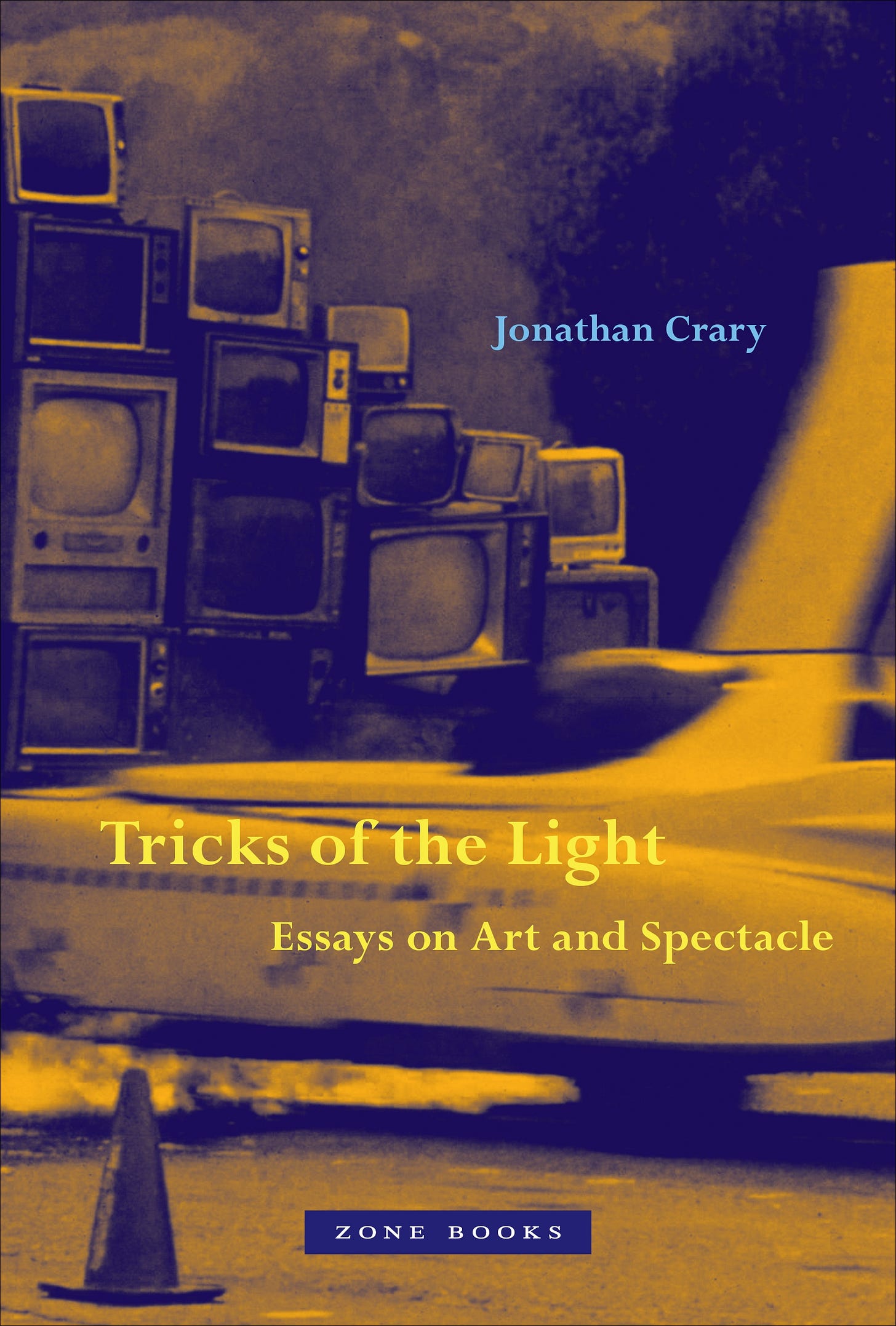


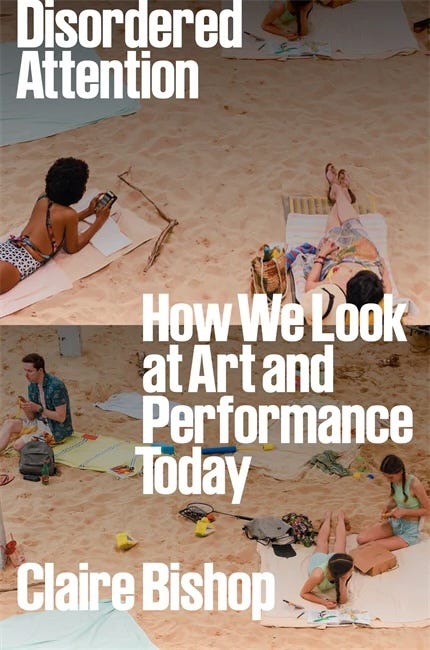
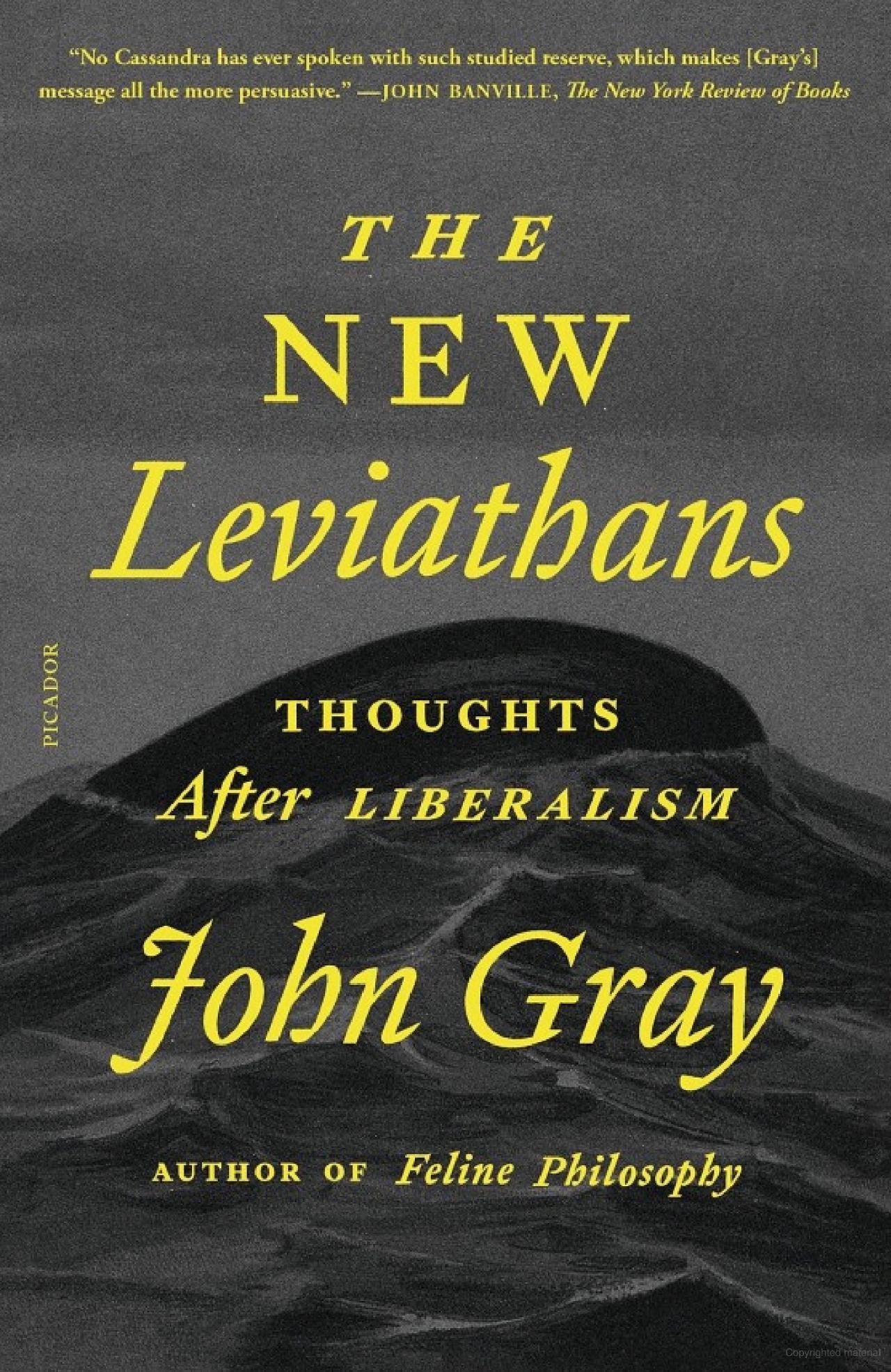

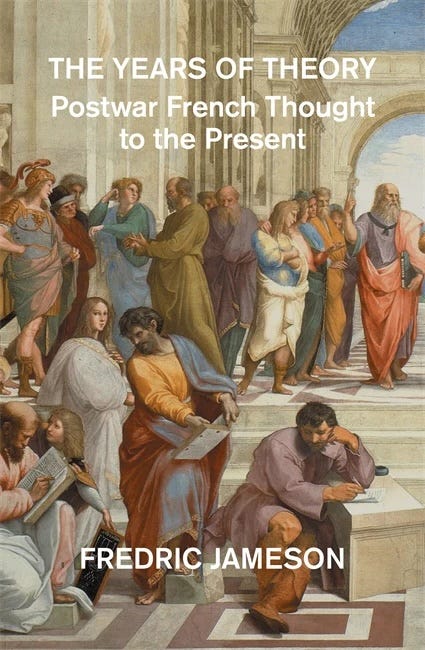
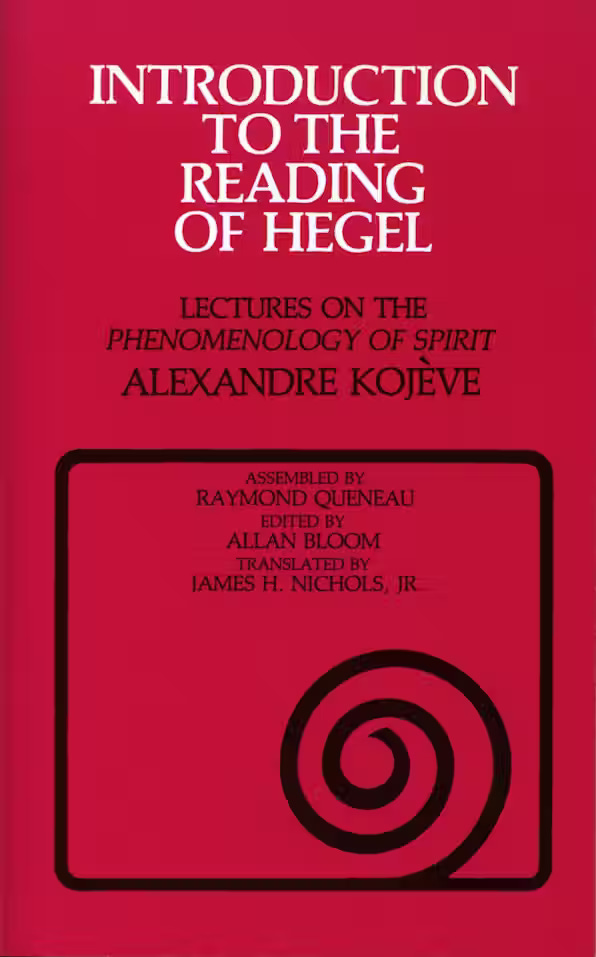
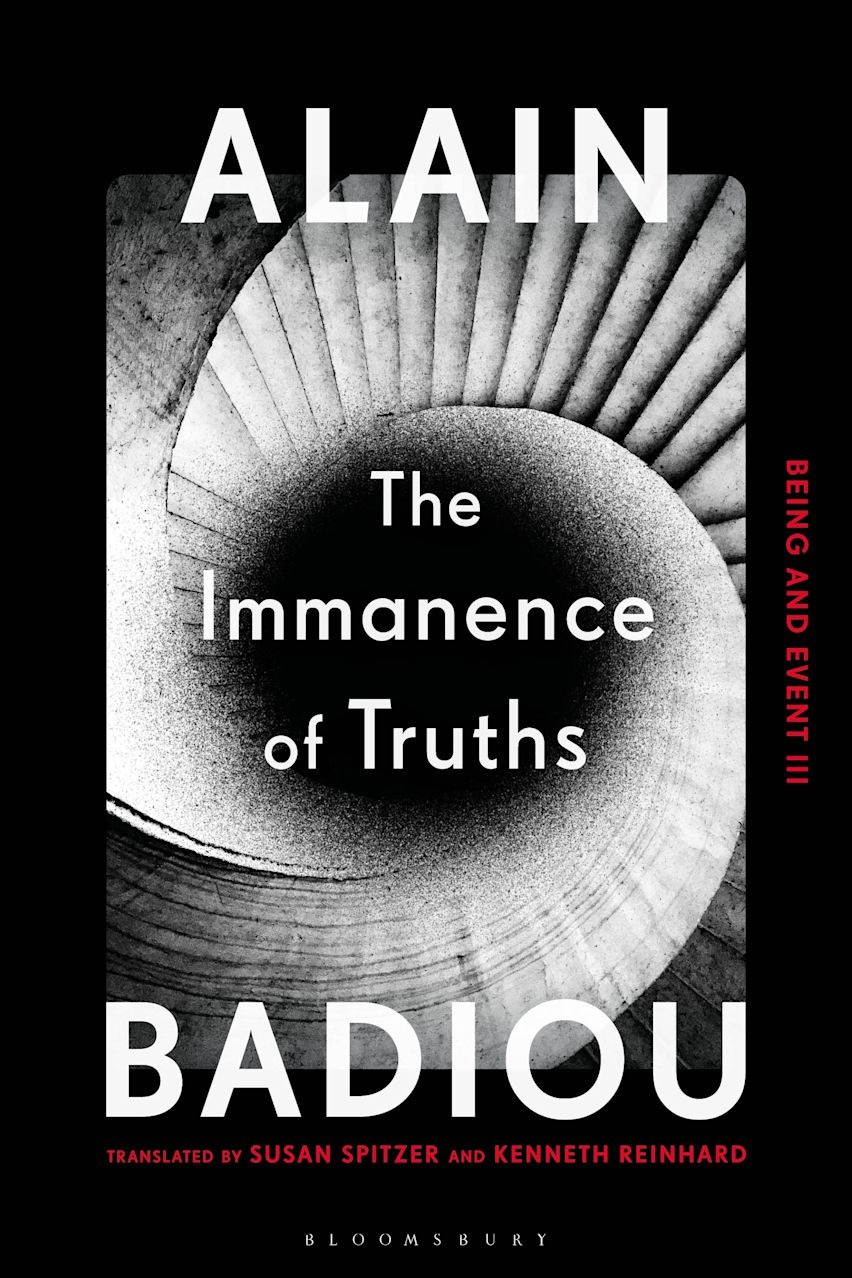


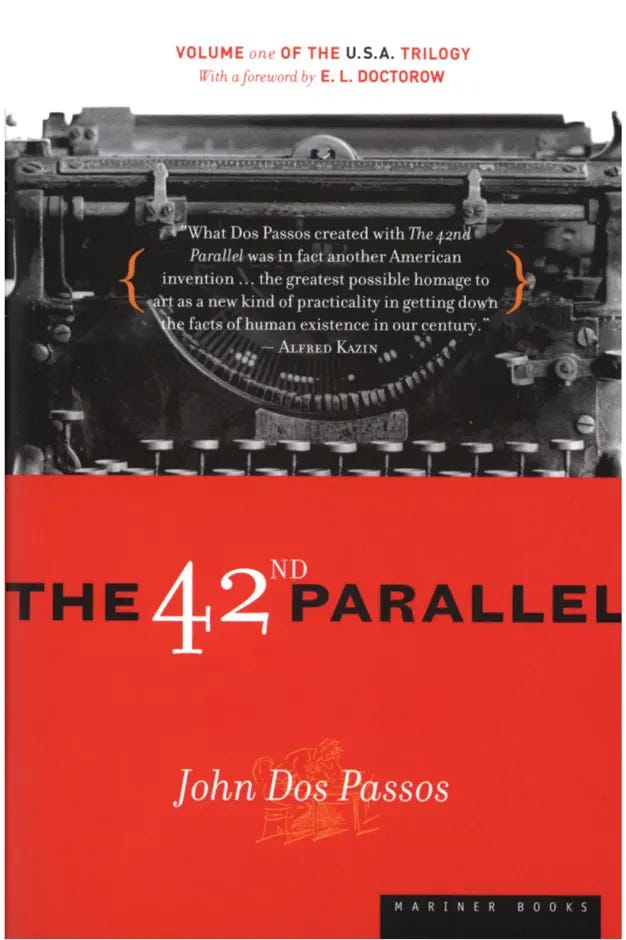
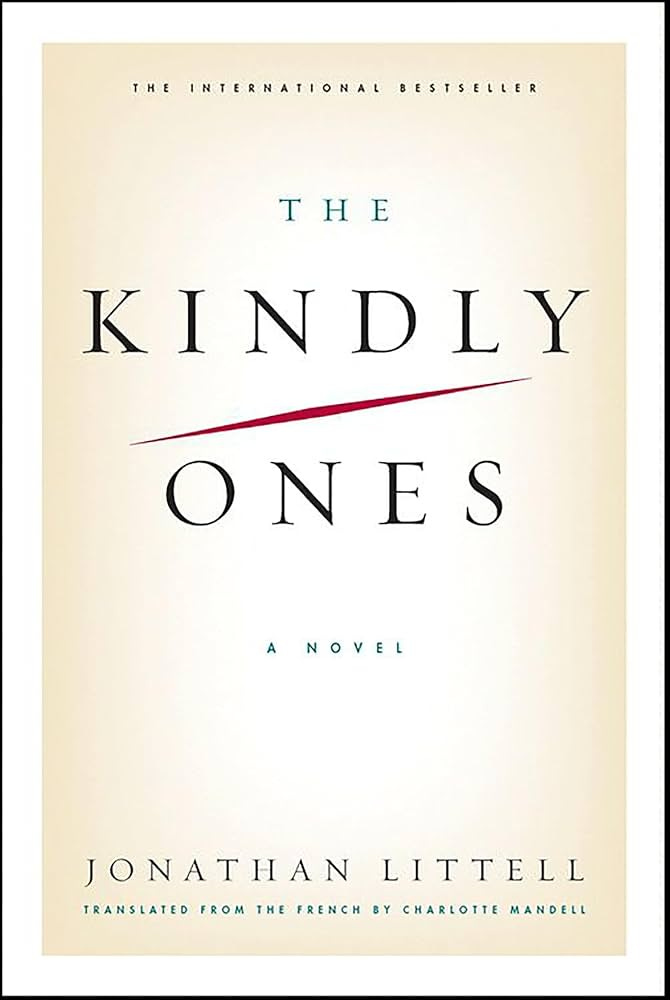

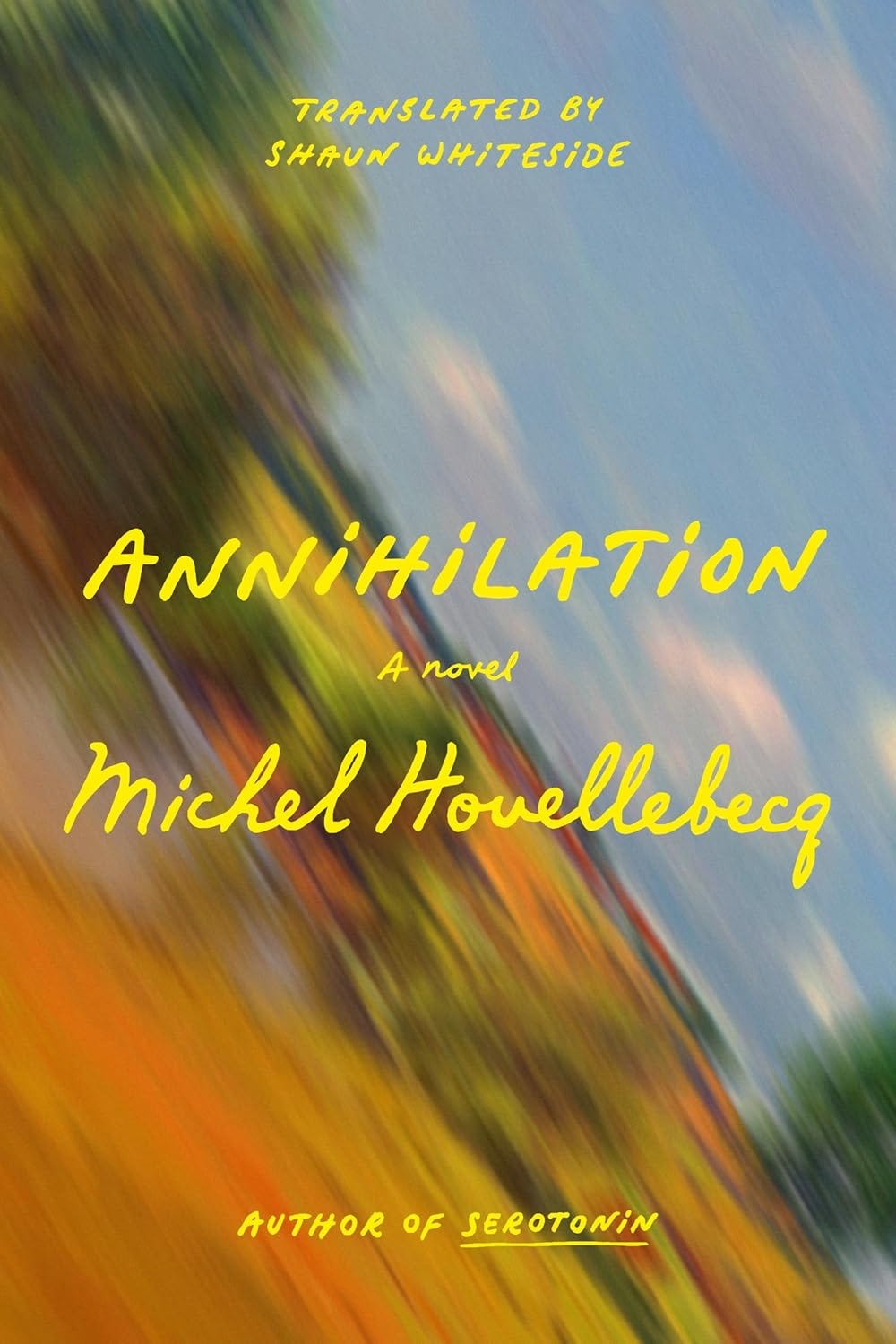
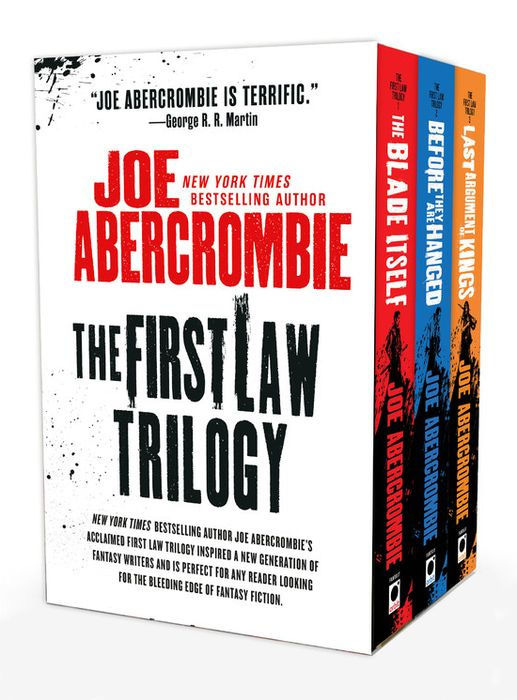

Interesting. I’m an art and books critic myself.